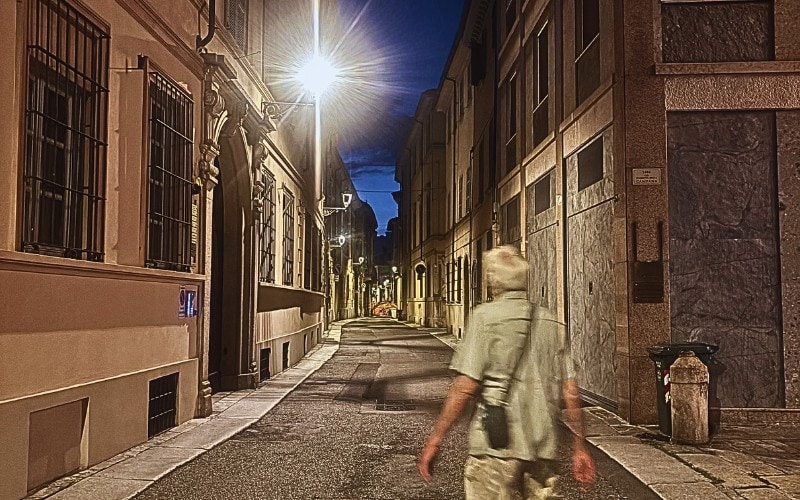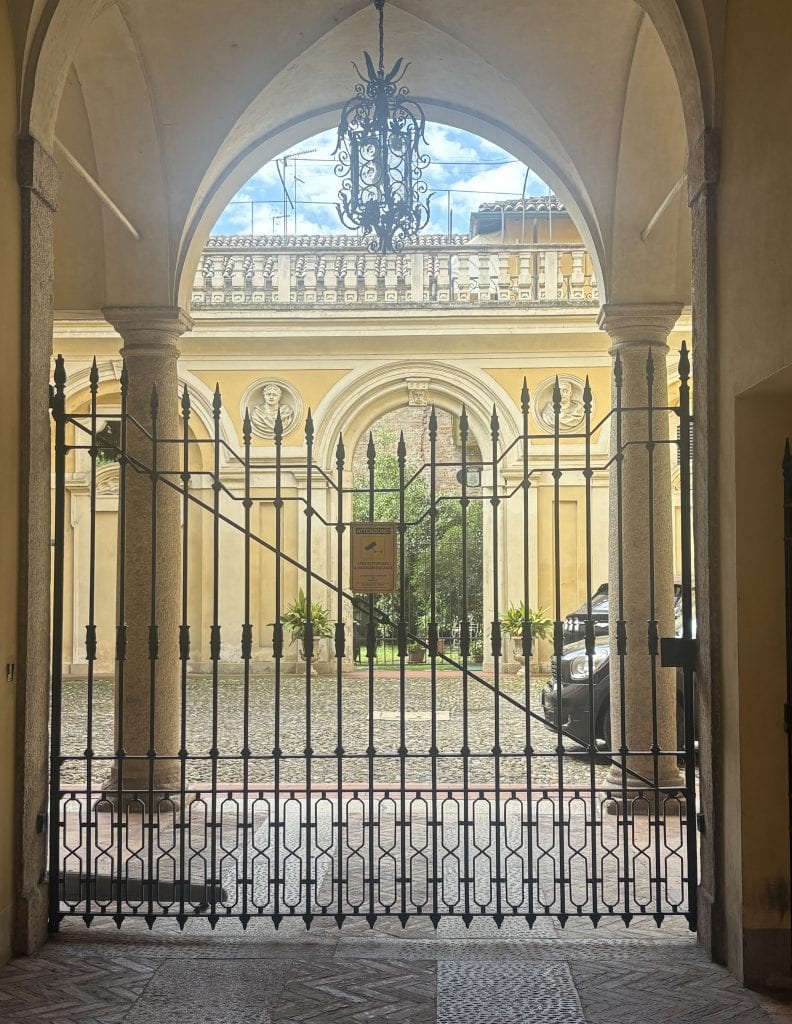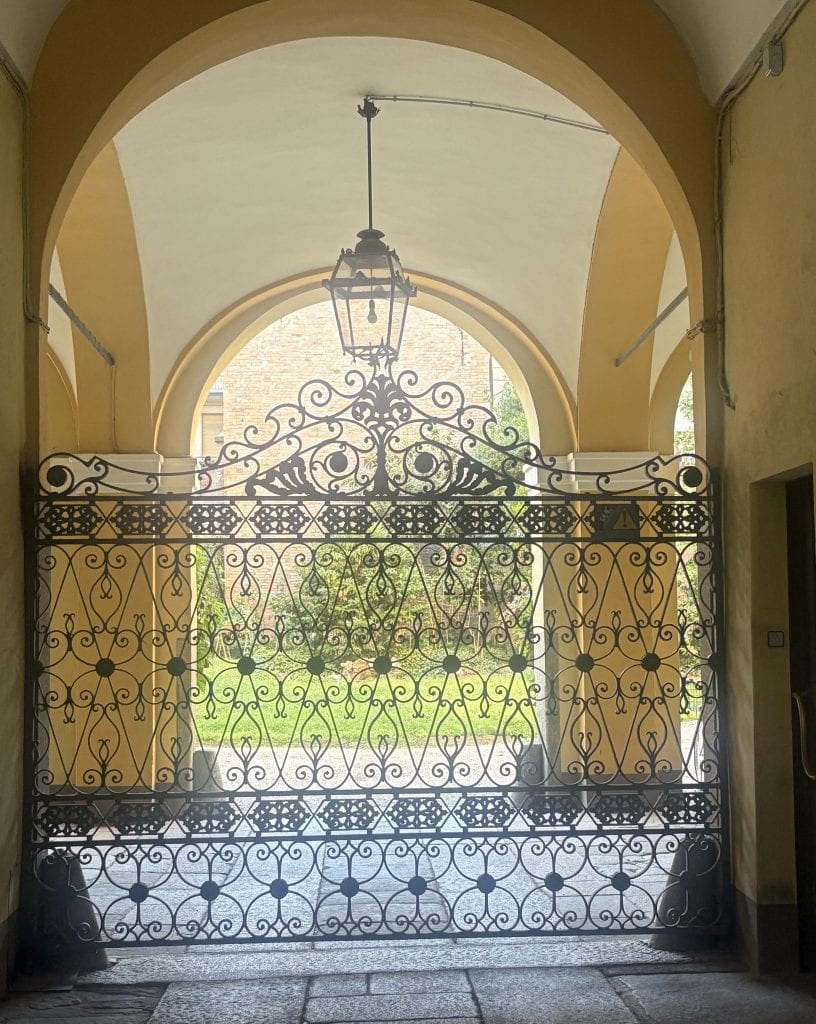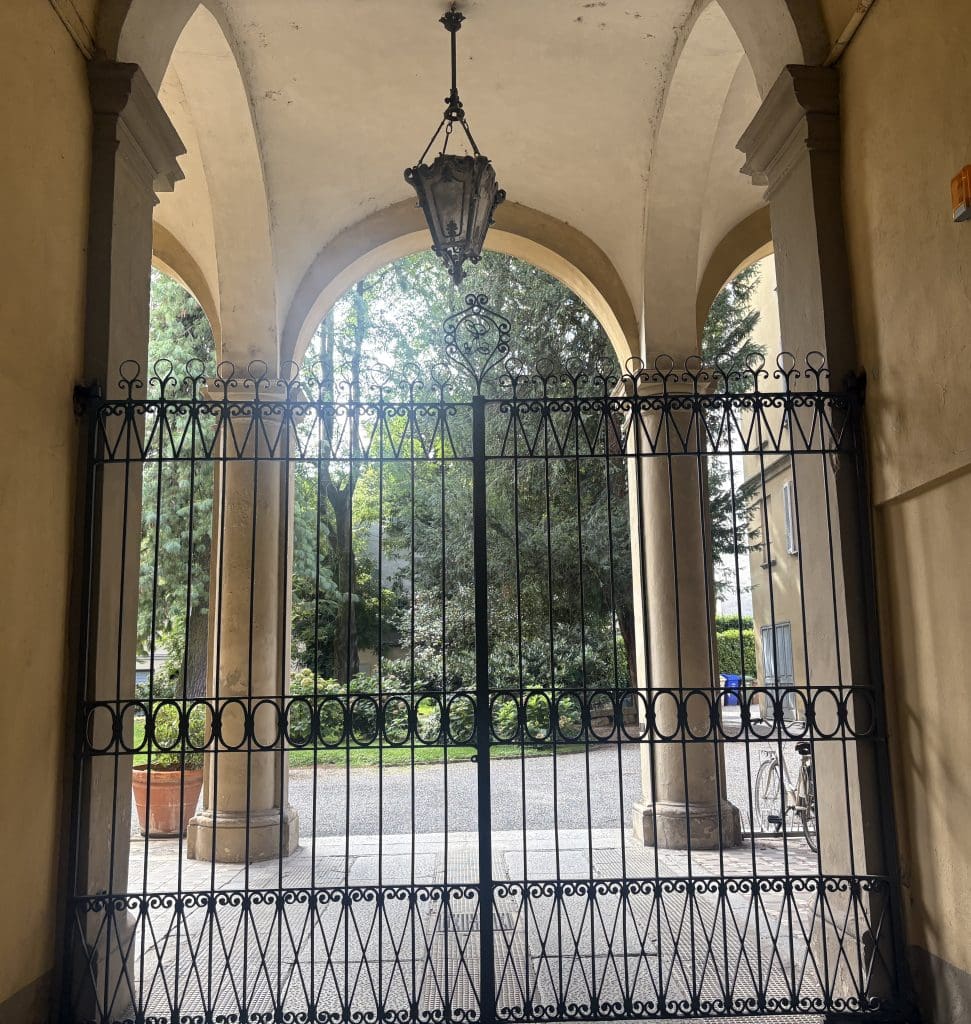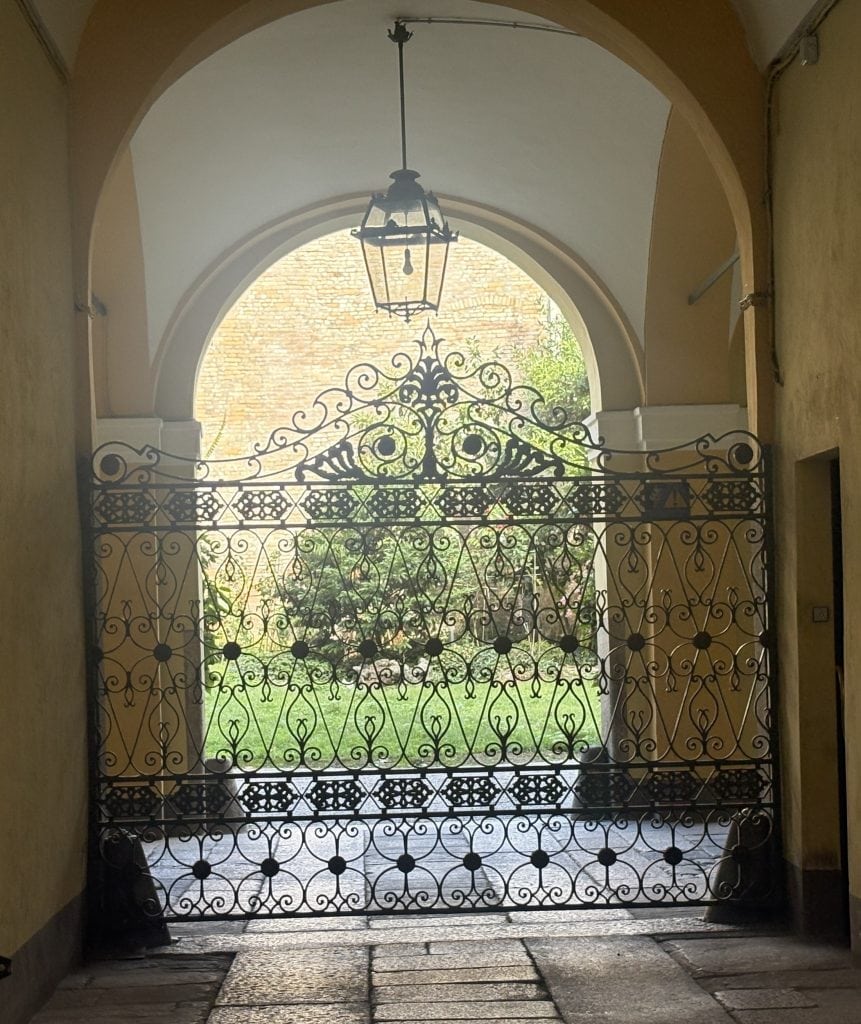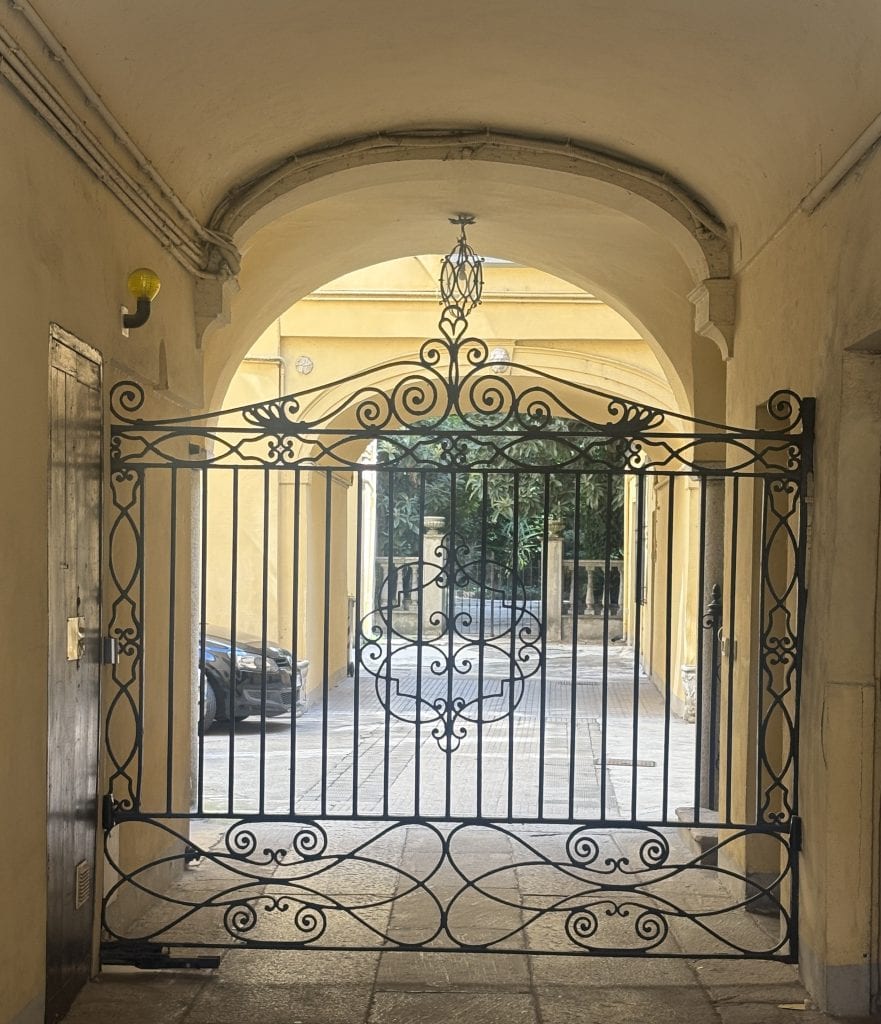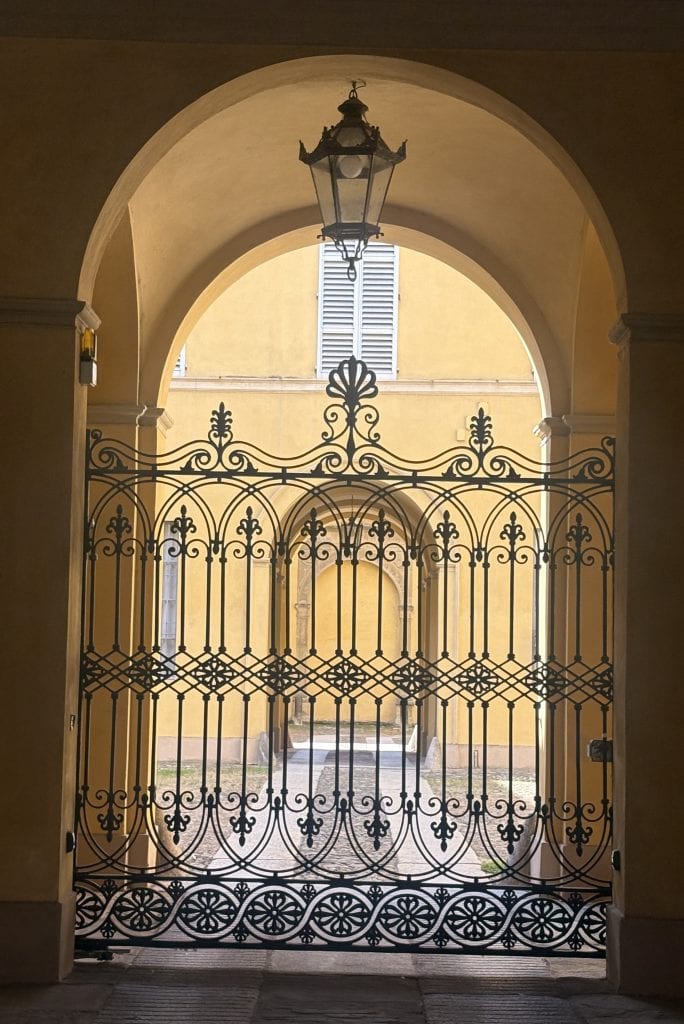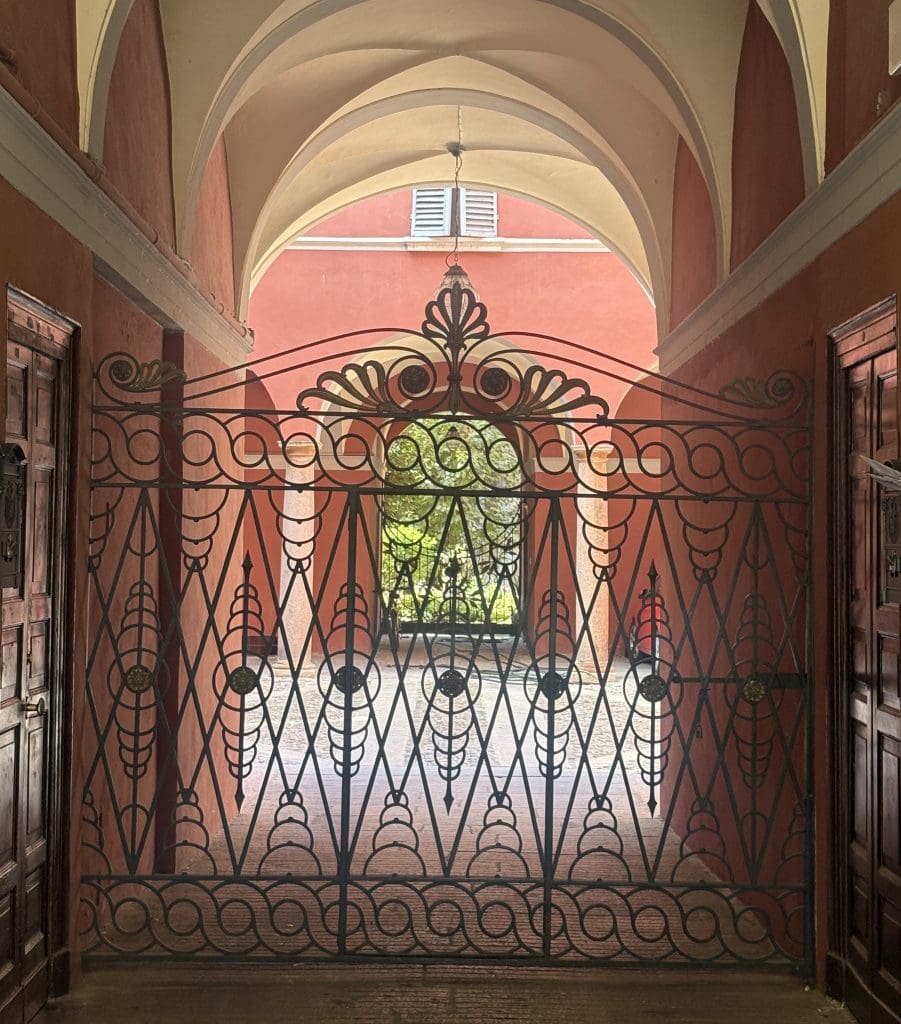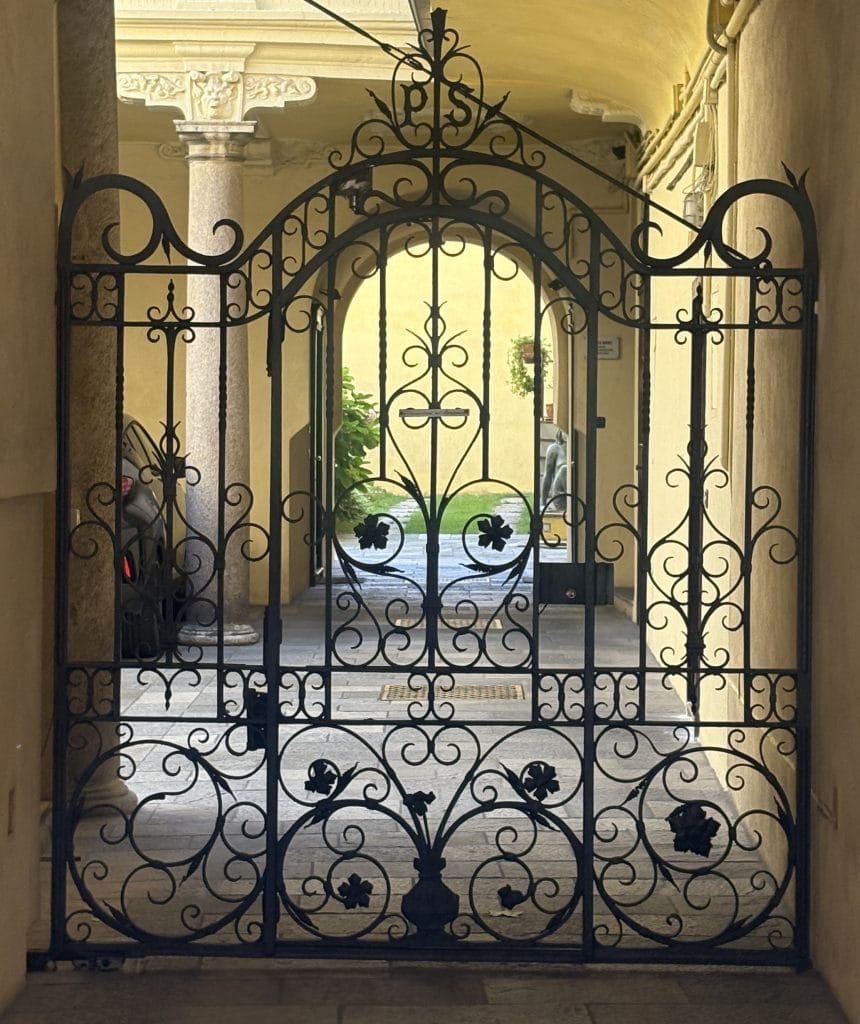Peaceful Piacenza: Why Visit and What To See
Artsy Traveler contains affiliate links for products and services I personally use and can happily recommend. As an Amazon Associate, I earn from qualifying purchases. Please read the Disclosure for more information. If you make a purchase through these links, at no additional cost to you, Artsy Traveler earns a small commission. Thank you!
The small city of Piacenza in the Emilia-Romana region of northern Italy is the perfect place for travelers looking for a bit of peace and quiet. Think of a stay here as a vacation from your vacation.
If you love hordes of tourists, tacky souvenir shops, exhausted locals, and cardboard food, don’t come to Piacenza. If, on the other hand, you’re looking for empty cobbled streets, zero tourists, friendly locals, and excellent food, then Piacenza is a great place to spend two or three nights.
That’s enough time to settle in, soak up the atmosphere, visit museums, and stroll without purpose. The centre (“centro storico”) is compact and largely traffic-free (especially inside the ZTL). Staying there means you can walk almost everywhere.
My Experience in Piacenza
I’ve never visited a European city that required so little effort to enjoy as Piacenza. The museums I visited were interesting, but not world-class block busters; the public buildings are attractive but not iconic; and there are no must-see sites which means, as mentioned earlier, there are very few tourists.
I stayed in Piacenza for four full days and five nights and I never once ran into another English-speaking visitor. I noticed a few Europeans tourists wandering around, guidebooks in hand, and a few with walking sticks doing the via Francigena Camino, but that was about it.
While most of the shopkeepers and restaurants workers I encountered spoke little English, all were friendly and helpful and made me feel welcome.
Where to Stay in Piacenza
I recommend staying right in the centro so you can feel like a temporary local. I stayed in an apartment in the Palazzina Scotti, and it was perfect. The price was reasonable, the place was beautifully renovated, and the location, about eight minutes walk from the Piazza Cavalli, was ideal.
Here are some other options:
The Heart of Piacenza: Piazza Cavalli & More
The central piazza in Piacenza is Piazza Cavalli, dominated by two impressive bronze horse statues (by Francesco Mochi and Pietro Tacca) that mark the power and legacy of the Farnese family.
Around the square are stately palazzi, shops, and cafés with outdoor tables that are great places for hanging out and people-watching, reading, or simply absorbing the rhythm of daily life in the city.
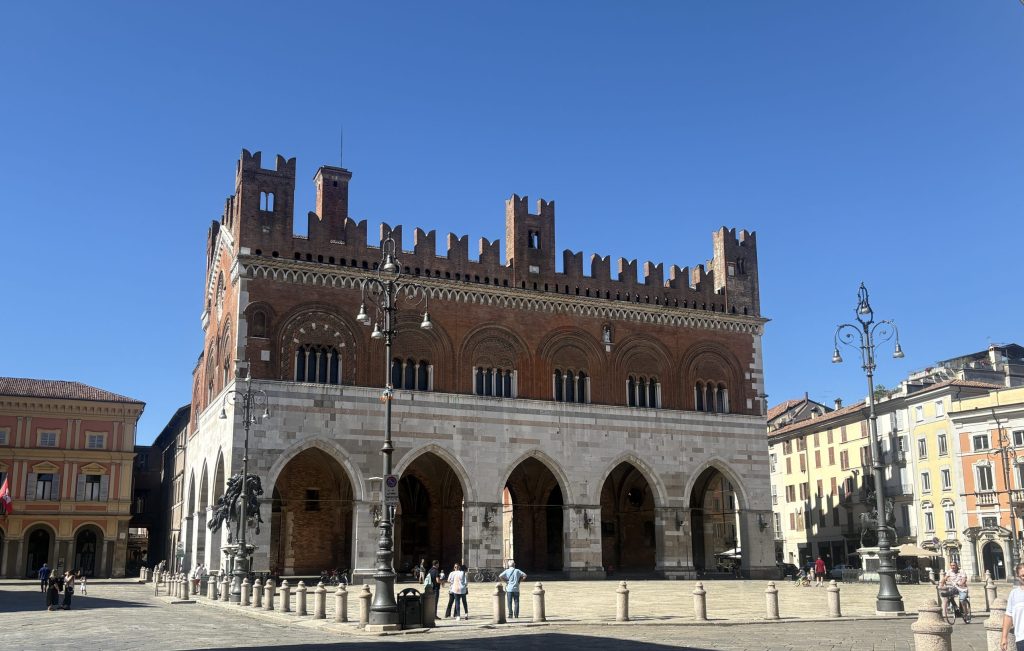
Early morning or late afternoon light brings out warm tones in the façades; midday, shade under awnings and the sound of church bells. This piazza is the living room of Piacenza: elegant, relaxed, and welcoming.
Museums in Piacenza
From Piazza Cavalli you can stroll to the duomo, narrow lanes, hidden courtyards, and eventually reach the two major museums: the Musei Civici di Palazzo Farnese and the Galleria d’arte moderna Ricci Oddi. Both are easy to walk to from the centre.
Musei Civici di Palazzo Farnese
A grand palace turned multi-museums under one roof, Palazzo Farnese houses several thematic collections including archaeology, medieval & Renaissance art, carriages, Risorgimento history, and decorative arts.
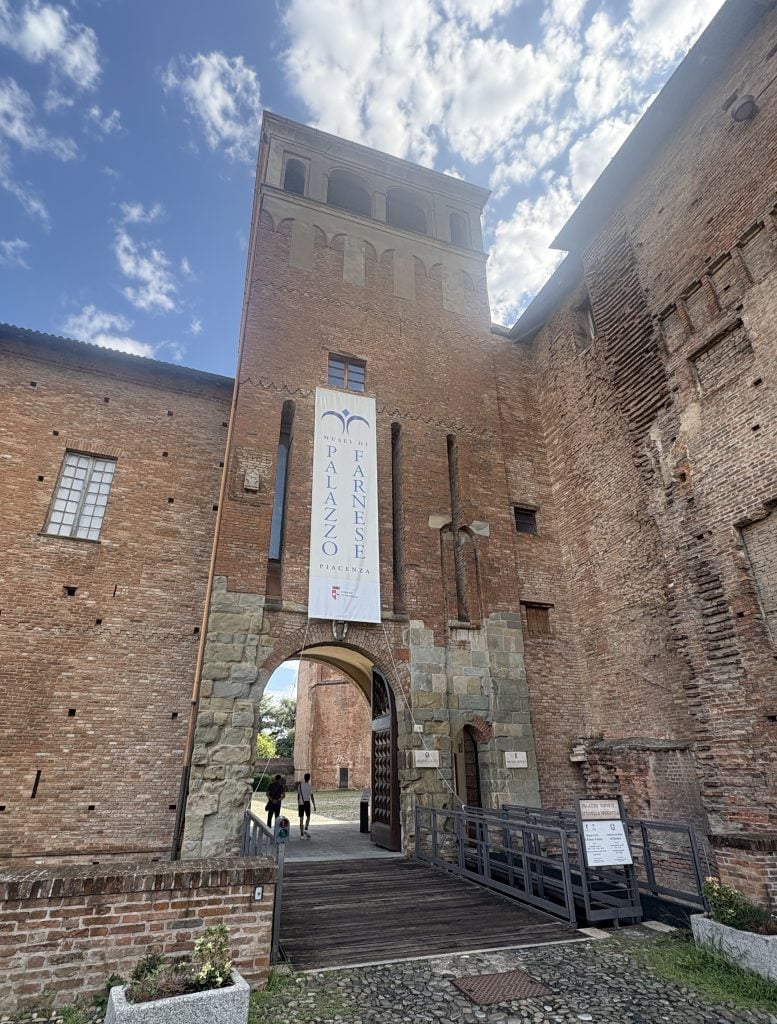
You’ll pretty much have the place to yourself. Wander from room to room, enjoying the well-presented exhibits with explanations in both Italian and English. Here are some of my favorite areas of the museum.
Archeological Museum
This was my favorite part of the Musei Civica di Palazzo Farnes. There is an extensive collection of Roman and Etruscan artifacts in several dimly lit rooms.
The Liver of Piacenza
In a special room is displayed an incredibly well-preserved model of an Etruscan divinatory liver AKA the Liver of Piacenza. Discovered in 1877 near Piacenza, this bronze model of a sheep’s liver dates from the 1st-2nd century BC.
The liver of Piacenza was used to teach a person who wished to become a harupsex (a diviner) how to inspect the entrails of sacrificed animals to divine the will of the gods. The model shows how specific sections of the liver corresponded to different gods and celestial regions.
It’s incredibly detailed and in amazing shape considering its age.
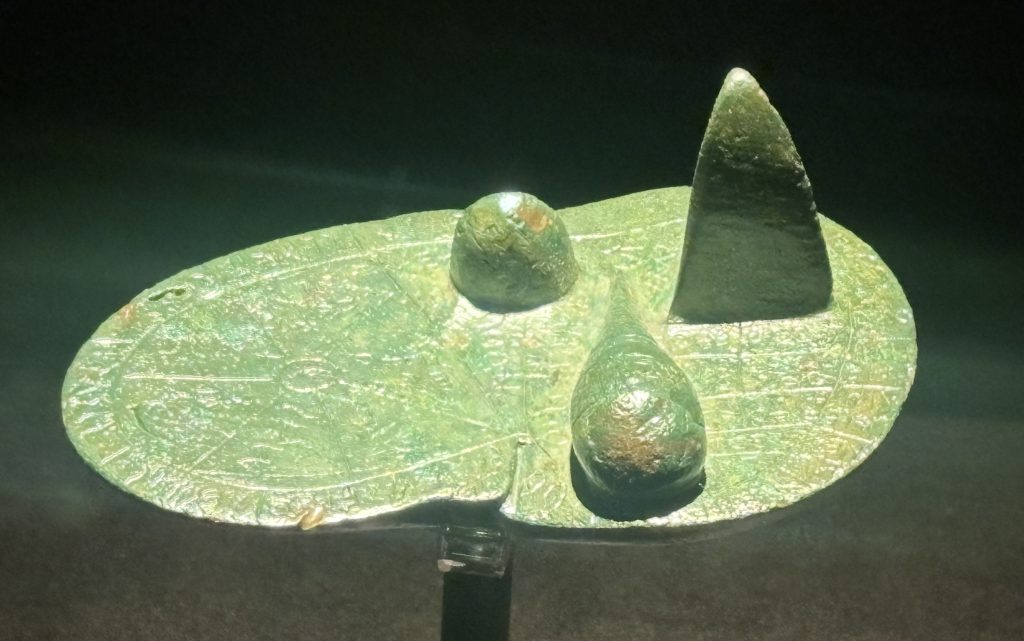
Ancient Glassware
I also loved the selection of glass objects dating from Roman times. I still can’t believe that something so delicate as glass has lasted for over 2000 years, but I’ve seen examples of glass from Roman times in the glass museum in Murano and the Archeological Museum in Naples, to name just two museums of many.
Enjoying this post? Subscribe to Artsy Traveler to Receive Valuable Travel Tips and Your FREE Guide: 25 Must-Do Artsy Traveler Experiences in Europe for 2025
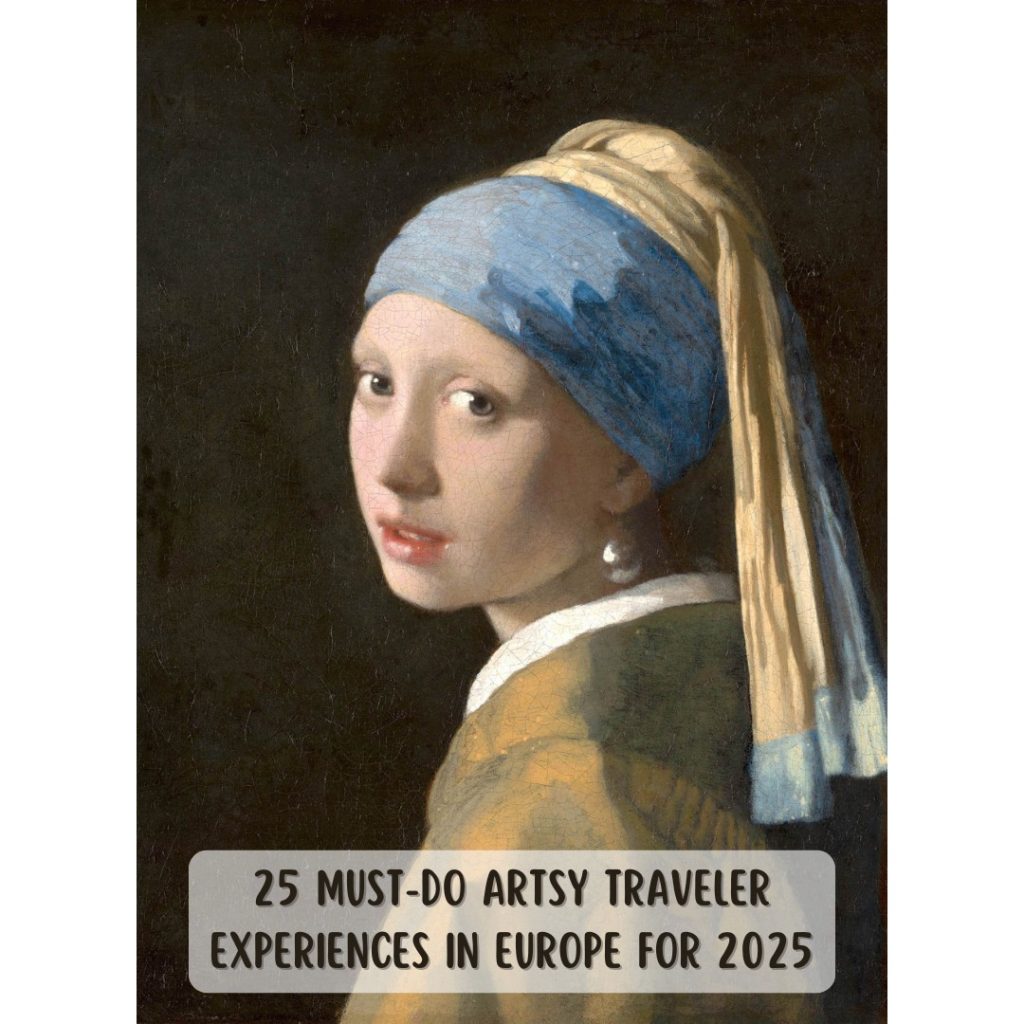
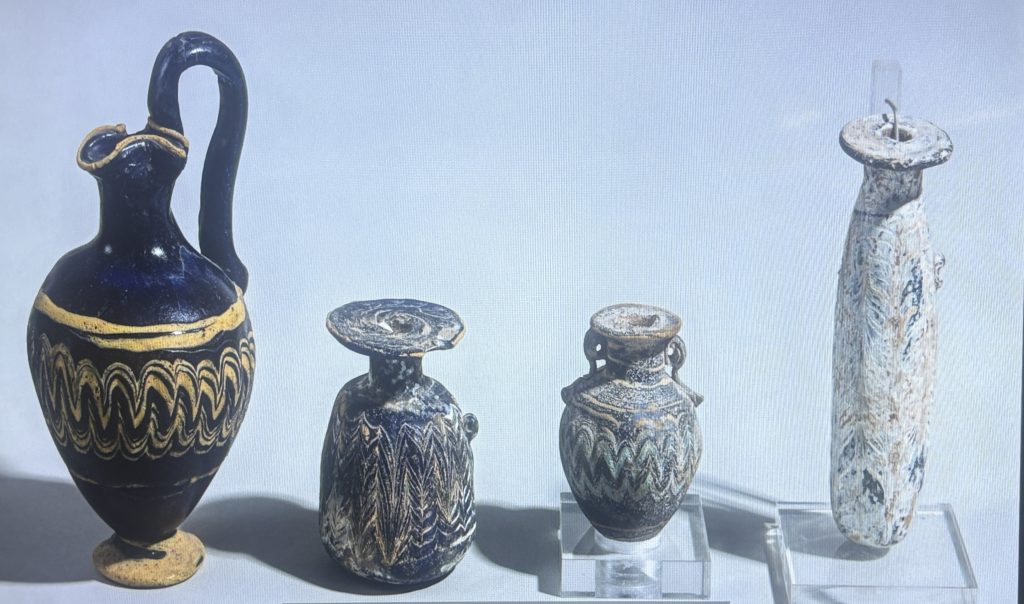
Medieval Frescoes
The museum includes a striking collection of medieval frescoes that have been detached from churches in and around Piacenza. I have a soft spot for medieval frescoes, and the collection at this museum is quite extensive with many well-preserved frescoes.
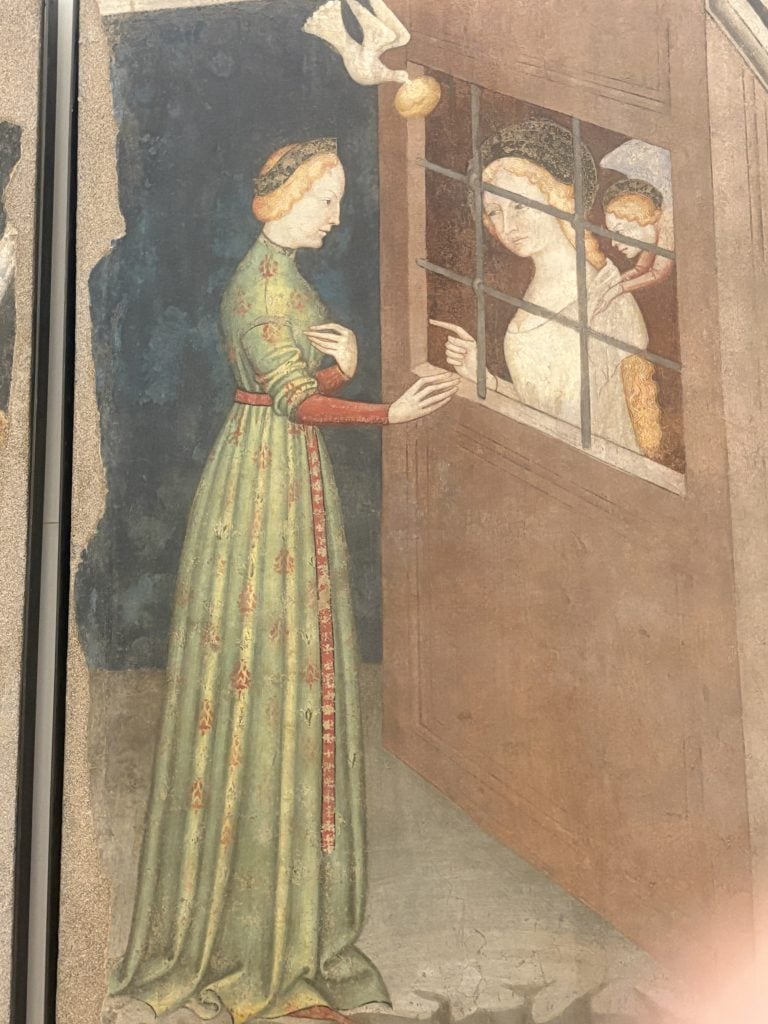
Carriage Museum
Don’t miss the wonderful collection of old carriages that fills several vaulted rooms below ground. Encouraged by the enthusiastic guard, we strolled past carriages from the 18th and19th centuries.
My great-grandfather was a coachman in Devon, England, so I was particularly interested in the coaches from the late 1880s.
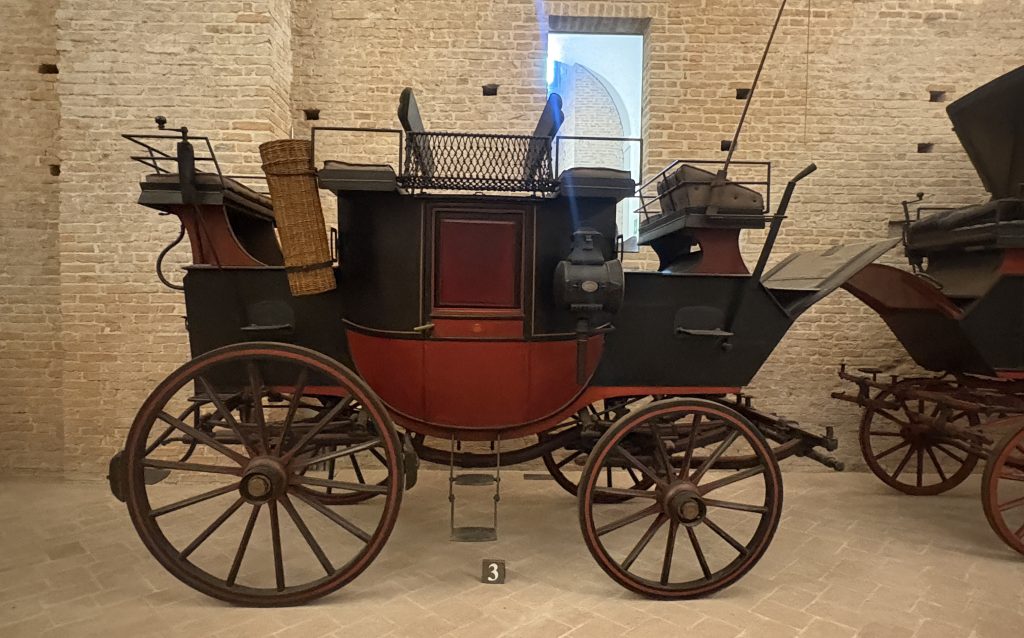
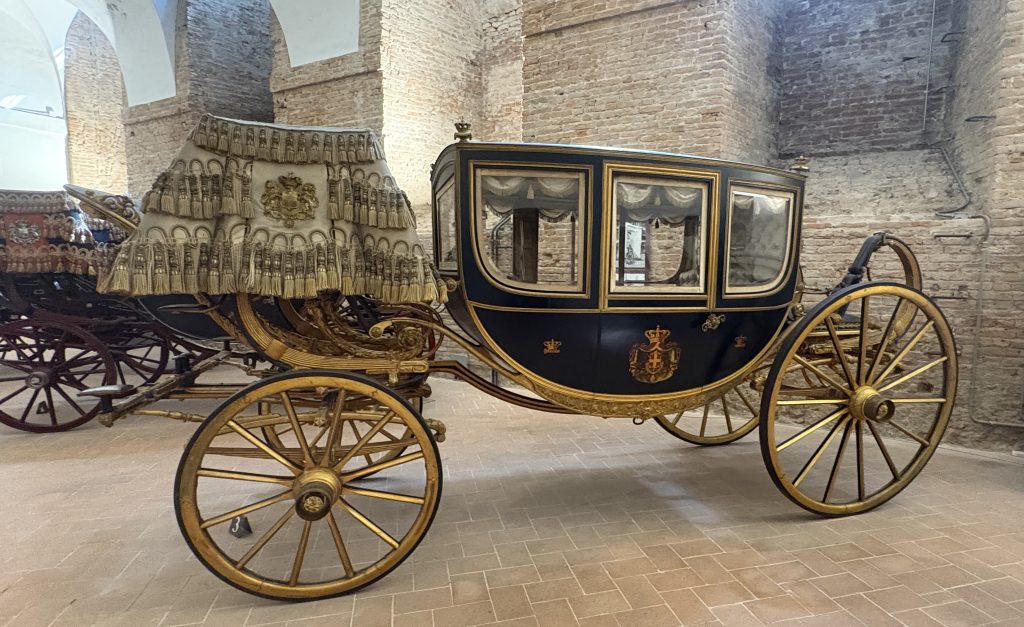
Also included in the museum is the Risorgimento collections consisting of uniforms, documents, and publications from mid-19th century Italy when the country was moving toward unification.
You’ll also find displays of weapons from earlier centuries, decorative arts (glass and ceramics), and paintings that show off the Farnese wealth.
Practical Information
- Hours: Tuesday through Friday 10:00-13:00 and 15:00-18:00; Saturday & Sunday 10:00-18:00; closed Monday.
- Admission: Full ticket €10. Reduced €7
Galleria d’arte moderna Ricci Oddi
The Ricci Oddi gallery is an airy and peaceful art oasis near the centro that’s worth an hour or two of your time.
Founded by Giuseppe Ricci Oddi in the early 20th century, the gallery’s collection spans mostly Italian painters of the 19th and early 20th centuries, with some international works.
You won’t find any blockbuster paintings here apart from a painting by Klimt, but you will find a comprehensive and beautifully displayed collection spread across several large and uncrowded rooms.
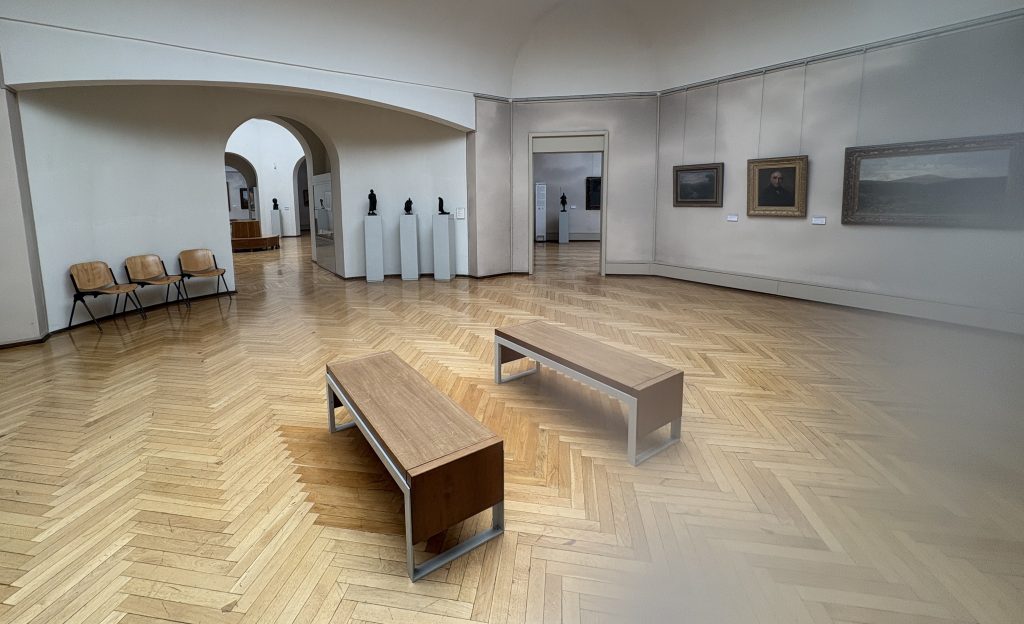
I enjoyed the opportunity to discover many new-to-me artists.
Highlights of Galleria d’arte modern Ricci Oddi
The most famous painting in the gallery is “Portrait of a Lady” by Gustav Klimt, which was stolen in 1997 and recovered in 2019. It’s a stunner, to be sure. Check out the way in which Klimt captures the gauziness of the figure’s shawl.
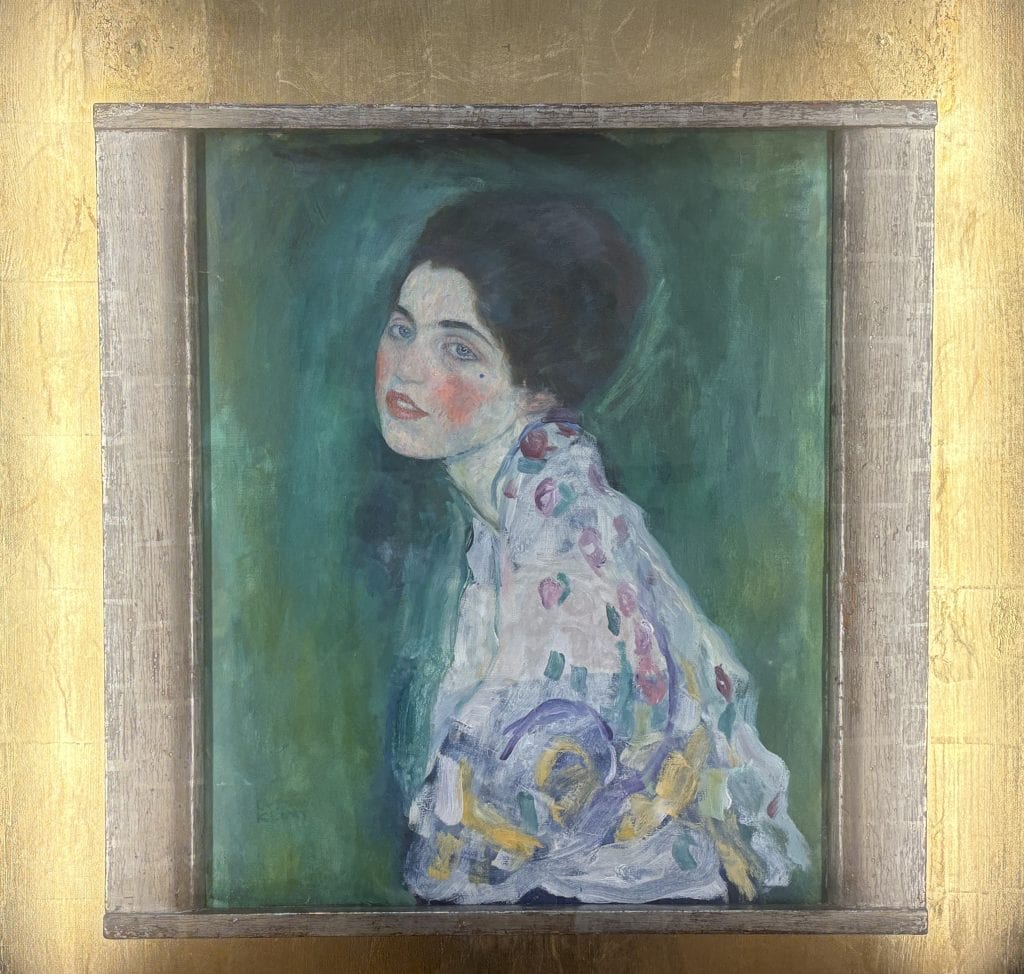
This gorgeous, light-drenched painting by Amedeo Bocchi is called La Colazione Del Mattino (Breakfast in the Morning) and was painted in 1919.
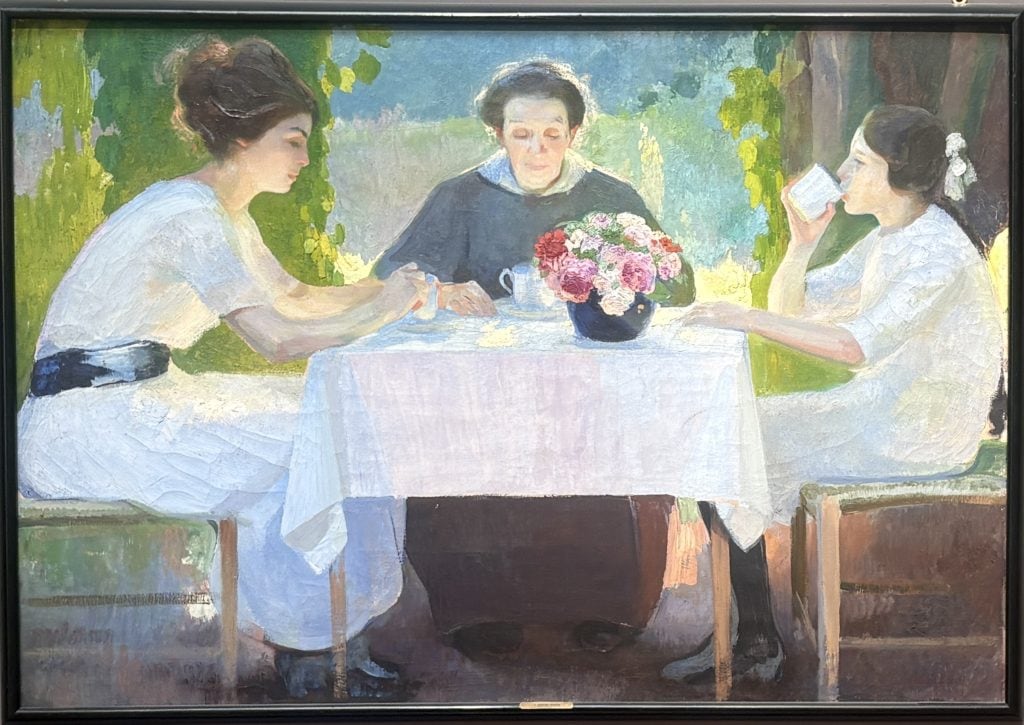
The collection includes quite a few interesting portraits, with this one by Giacomo Grosso particularly arresting. Check out the loose brush strokes and the compelling eyes of the model. The painting is called Occhi Neri (“Black Eyes”) and was painted in 1895.
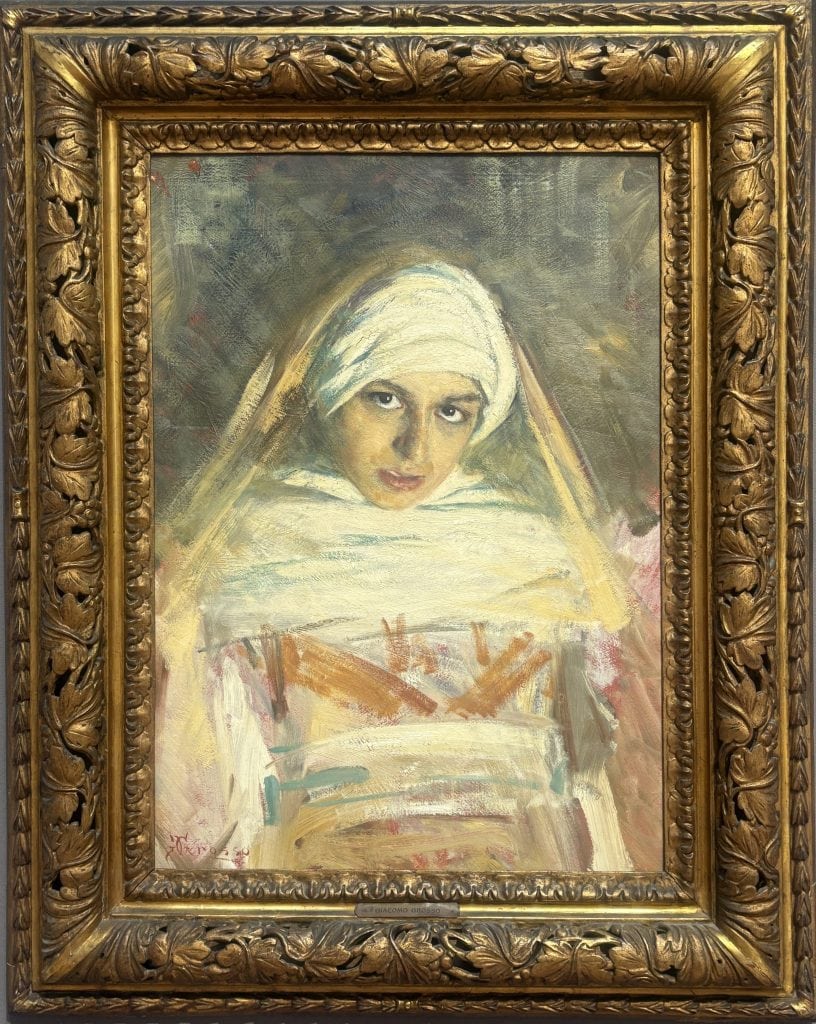
The collection also includes several excellent seascapes and landscapes. I was attracted to the sunny waves depicted in this painting by Giorgio Belloni called Mareggiata. A date was not specified, but since the artist died in 1944, I’m guessing the painting was done around 1900.
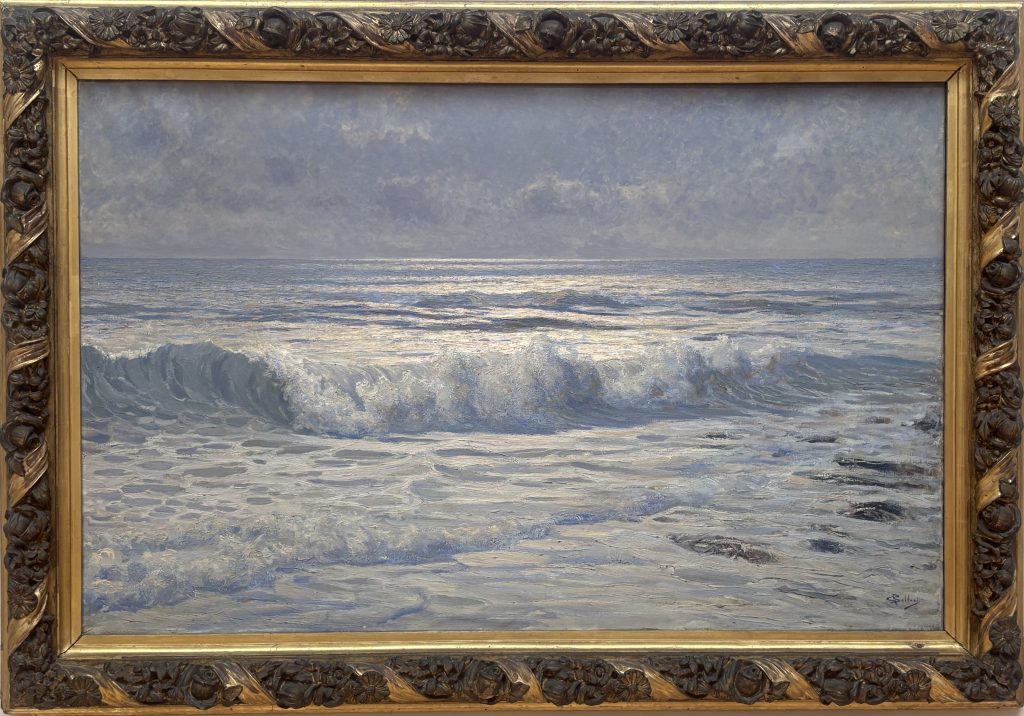
Practical Information
- Hours: Closed Monday. Tuesday-Thursday: 9:30-13:00. Friday-Sunday: 9:30-18:00. Note: some mornings only; Friday onward includes afternoon hours.
- Admission: Full price €9.00; reduced €5.00; schools €3.00.
How to Schedule Your Museum Visits
You could visit the Farnese in a morning (say 10:00-13:00) and then have lunch. In the afternoon, go to Ricci Oddi. You can book guided tours or check when free guided tours are offered (often weekends).
Here’s a guide to Piacenza you can download through GetYourGuide
The Iron Gates of Piacenza
For me, one of the highlights of my four full days in Piacenza was strolling around and snapping photos of the many gorgeous iron gates that guarded almost every every building in the centro, including the building I stayed in.
Every gate was different and many fronted beautiful courtyards with gardens that were tantalizingly glimpsed from the street.
Here’s a selection of some of the many gates I photographed.
Three Good Restaurants in the Centro
Here are three highly recommended places in the centro storico of Piacenza, where you’ll get good food, atmosphere, good service.
| Name | What to Expect & Why It’s Good |
|---|---|
| Tre Ganasce | An Italian restaurant with strong local flavor: antipasti, meats, specialties of the Piacenza region. Friendly service, generous portions. A favorite with locals and visitors alike. |
| Antica Trattoria dell’Angelo | Family-run, authentic. Traditional Piacentine dishes like agnolotti in brodo, perhaps horse meat (depending on season/menu), local pastas and mains. Good value. |
| Trattoria La Forchetta | More casual, great for lunch or dinner without fuss. The pasta is good, service friendly, portions satisfying. If you want unpretentious but excellent food in the centre, this is a safe choice. |
Conclusion
Have you visited Piacenza? Share your suggestions for other artsy travelers in the Comments below.
Here are some more posts about some of the lesser visited (but still awesome) Italian cities:
- Beyond Romeo and Juliet: What to See in Verona, Italy
- Choose Murano For a Unique Venetian Experience
- A Week in Fascinating Little Padua Reveals Hidden Treasures
